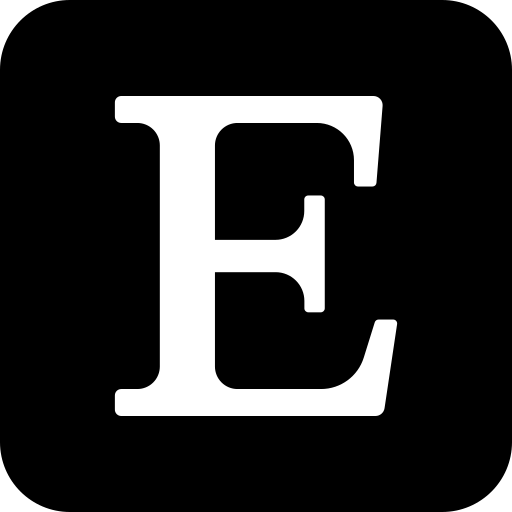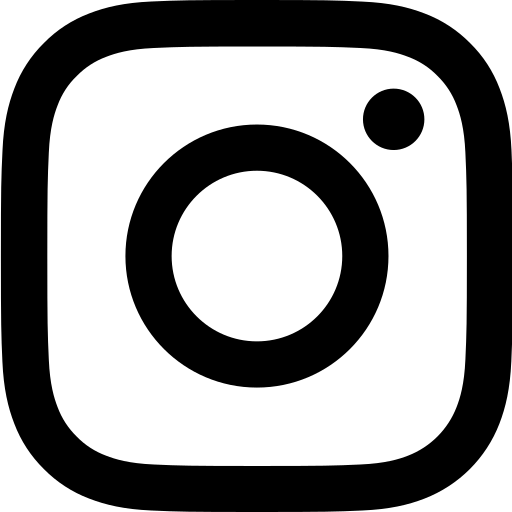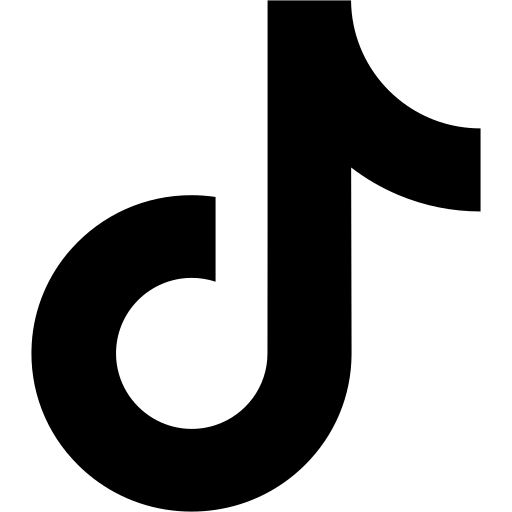Walt Disney Animation Studios
Moana 2 and Strange World
Skills: Python, Maya 3D, cross-functional team communication, problem solving, storytelling
Goal: To ensure that artists and animators have the tools, workflows, and technical support needed to bring Disney's animated films to life at the highest quality.
As a Technical Director, I was responsible for both development and support throughout the film production process. In the early stages, my primary focus was on developing new tools to address the specific technical challenges of the film. For example, in Moana 2, we created solutions to handle complex water animation across shots. These tasks involved designing new workflows and writing custom code to enhance production efficiency.
As the film progressed into later stages, my role shifted towards supporting artists and assisting with shot execution. We utilized a Jira board where artists could submit tickets for technical issues related to their shots or tools. My responsibilities included triaging and resolving these tickets, collaborating with artists to understand their challenges, and debugging issues. Solutions ranged from updating existing code and troubleshooting user errors to developing entirely new tools when existing capabilities did not meet production needs.
This role required adaptability, problem-solving, and effective communication, as each day presented unique technical challenges to overcome.
As the film progressed into later stages, my role shifted towards supporting artists and assisting with shot execution. We utilized a Jira board where artists could submit tickets for technical issues related to their shots or tools. My responsibilities included triaging and resolving these tickets, collaborating with artists to understand their challenges, and debugging issues. Solutions ranged from updating existing code and troubleshooting user errors to developing entirely new tools when existing capabilities did not meet production needs.
This role required adaptability, problem-solving, and effective communication, as each day presented unique technical challenges to overcome.
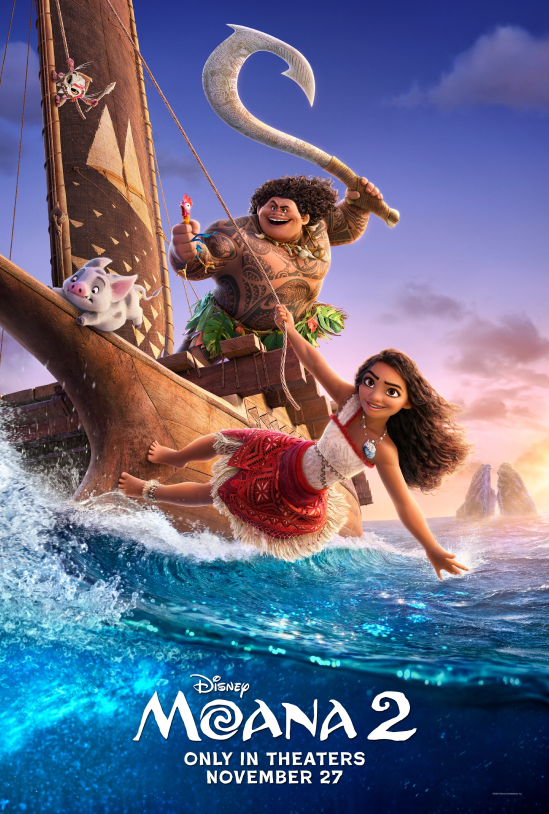
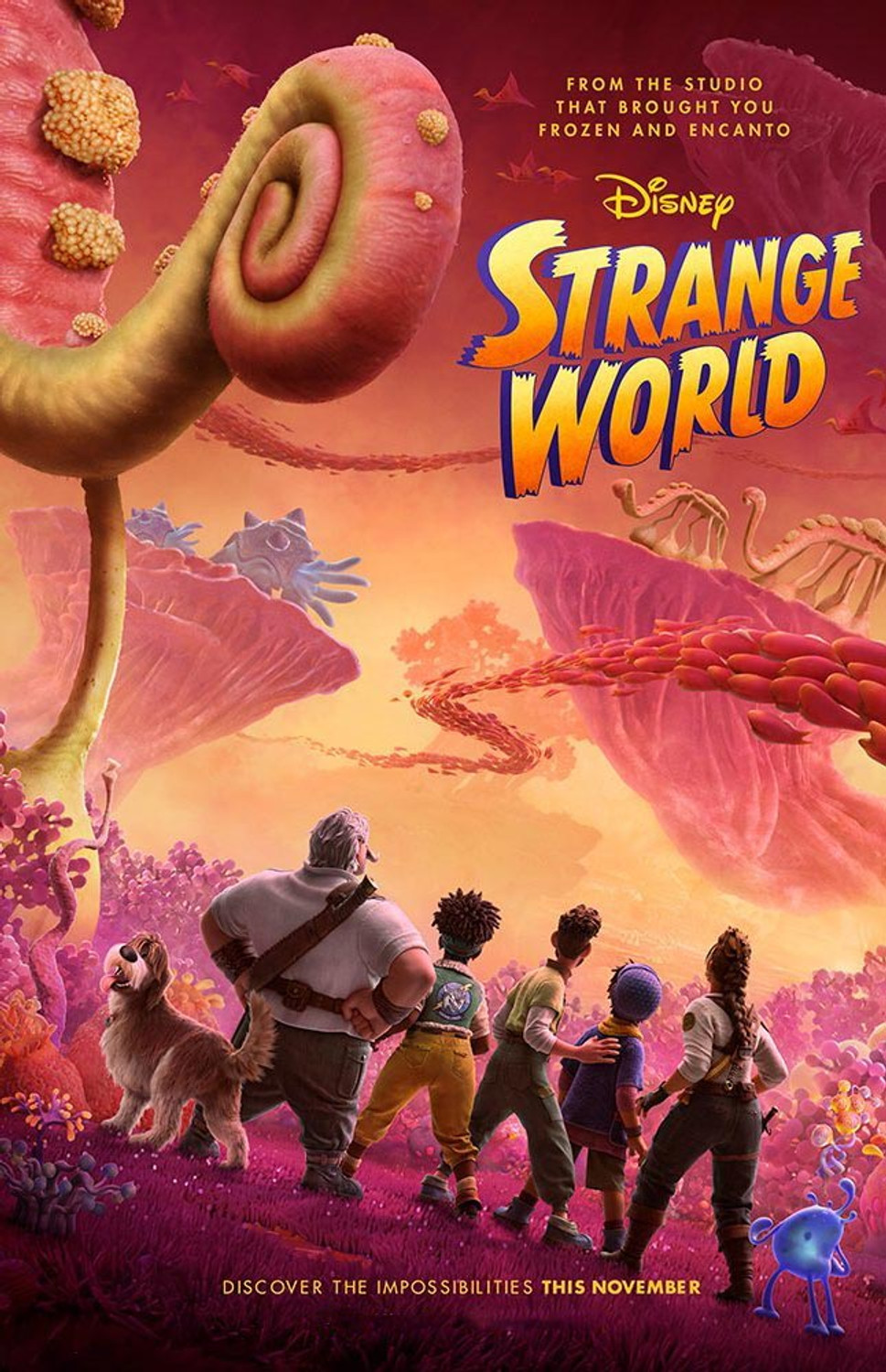
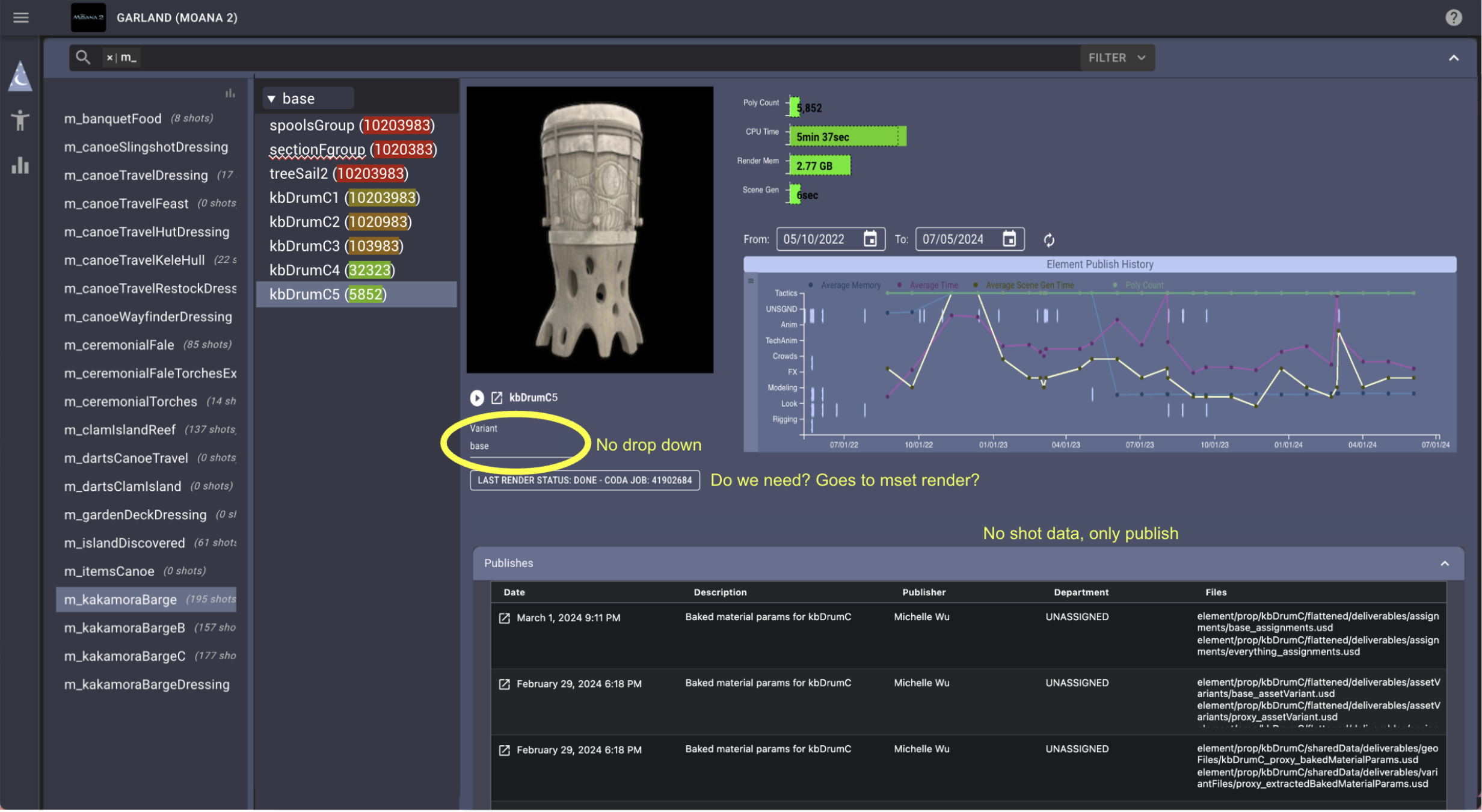
One example of a prototyping project I completed at WDAS involved developing a web-based tool to track individual assets within shots and analyze how asset publishes impacted shot publishes. My task was to prototype an enhanced version for master sets—groups of assets that needed to be managed collectively.
To achieve this, I designed a structured asset hierarchy and developed an intuitive UI that streamlined workflow transitions while ensuring all necessary data was easily accessible to supervisors. Throughout the process, I collaborated closely with both technical and artist supervisors to understand their pain points and refine the tool to address their needs effectively. This project required balancing technical feasibility with user experience, aligning stakeholders, and iterating based on feedback—key skills in product management.
To achieve this, I designed a structured asset hierarchy and developed an intuitive UI that streamlined workflow transitions while ensuring all necessary data was easily accessible to supervisors. Throughout the process, I collaborated closely with both technical and artist supervisors to understand their pain points and refine the tool to address their needs effectively. This project required balancing technical feasibility with user experience, aligning stakeholders, and iterating based on feedback—key skills in product management.
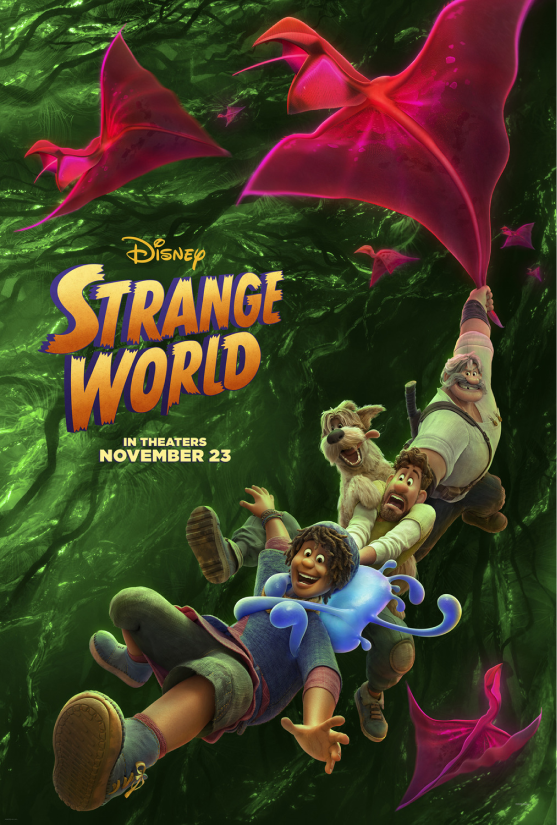
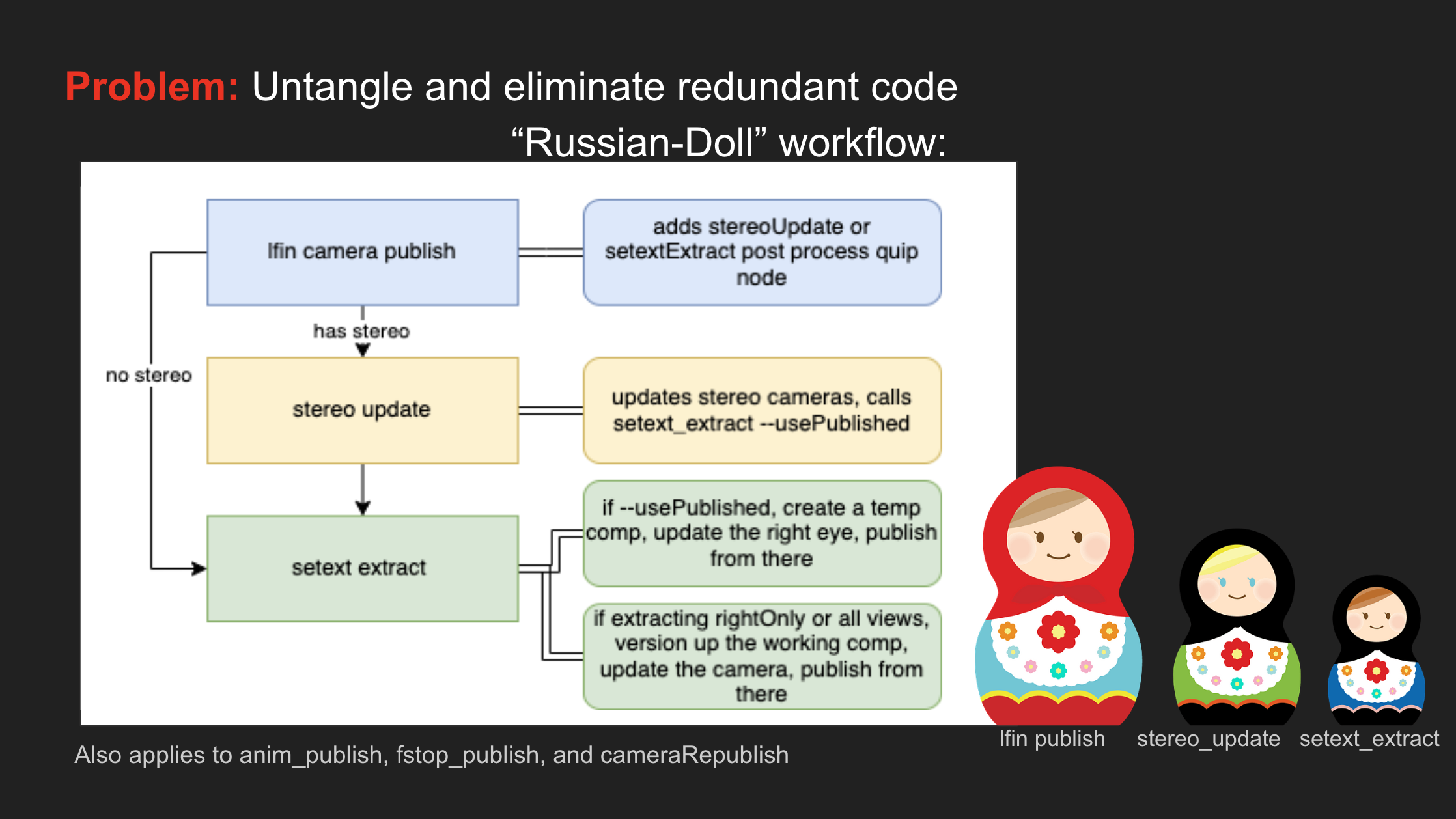
One of my major development projects involved streamlining the workflow between the layout finaling, set extension, and stereo departments. I identified several manual processes that could be automated and collaborated with teams across departments to understand their key pain points.
A major issue I uncovered was that the set extension team lacked a dedicated workspace for unpublished and published data. This created inefficiencies, as other departments relying on set extension data had to manually coordinate with artists before publishing their own work. To resolve this, I established a separate work and publish area for set extension, enabling greater autonomy across teams.
With this foundation in place, I redesigned the publish workflows for the stereo and layout departments. Previously, both departments depended on set extension without clear dependencies, leading to bottlenecks. I implemented an automated workflow that introduced a nested, dependency-based system—if layout published a shot, it would automatically check for published stereo data, triggering its publication if available, followed by set extension. If stereo data was unavailable, the system would still ensure set extension was published.
A major issue I uncovered was that the set extension team lacked a dedicated workspace for unpublished and published data. This created inefficiencies, as other departments relying on set extension data had to manually coordinate with artists before publishing their own work. To resolve this, I established a separate work and publish area for set extension, enabling greater autonomy across teams.
With this foundation in place, I redesigned the publish workflows for the stereo and layout departments. Previously, both departments depended on set extension without clear dependencies, leading to bottlenecks. I implemented an automated workflow that introduced a nested, dependency-based system—if layout published a shot, it would automatically check for published stereo data, triggering its publication if available, followed by set extension. If stereo data was unavailable, the system would still ensure set extension was published.
This solution eliminated redundant manual coordination, improved workflow efficiency, and enhanced cross-team collaboration. The project required deep problem-solving, stakeholder alignment, and process automation, all of which are critical skills in product management.
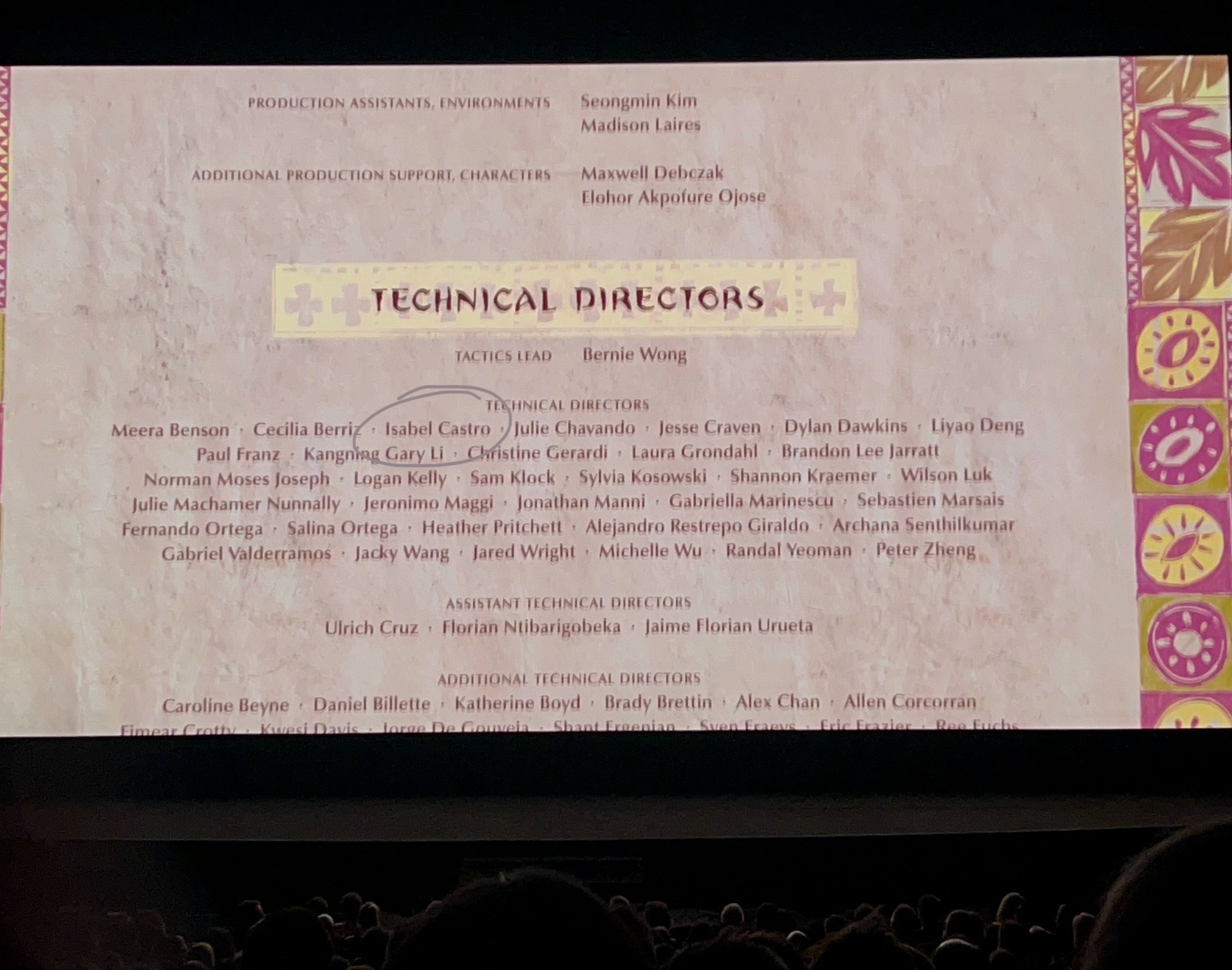
Moana Credits
The Walt Disney Company- Parks
Rise of the Resistance
Skills: C#, game engine technology (Unity), 3D modeling, user testing, UV mapping, attention to detail
Goal: To prepare ride operators for the opening of the new attraction by utilizing a training tool built with game engine technology, ensuring they were fully equipped to handle operations smoothly and deliver an exceptional guest experience from day one."
Summary: During my internship at Disney Parks, I worked with the Modeling and Simulation Training Tools team to develop a training simulation for ride operators. The ride had six distinct startup procedures, but due to a delayed construction timeline, there wasn't enough time for hands-on operator training. Our solution was to create an interactive simulation that functioned like a mini video game. This tool was integrated with the ride’s backend hardware code, ensuring that any real-life actions or changes were accurately reflected in the simulation, providing operators with a realistic training experience.
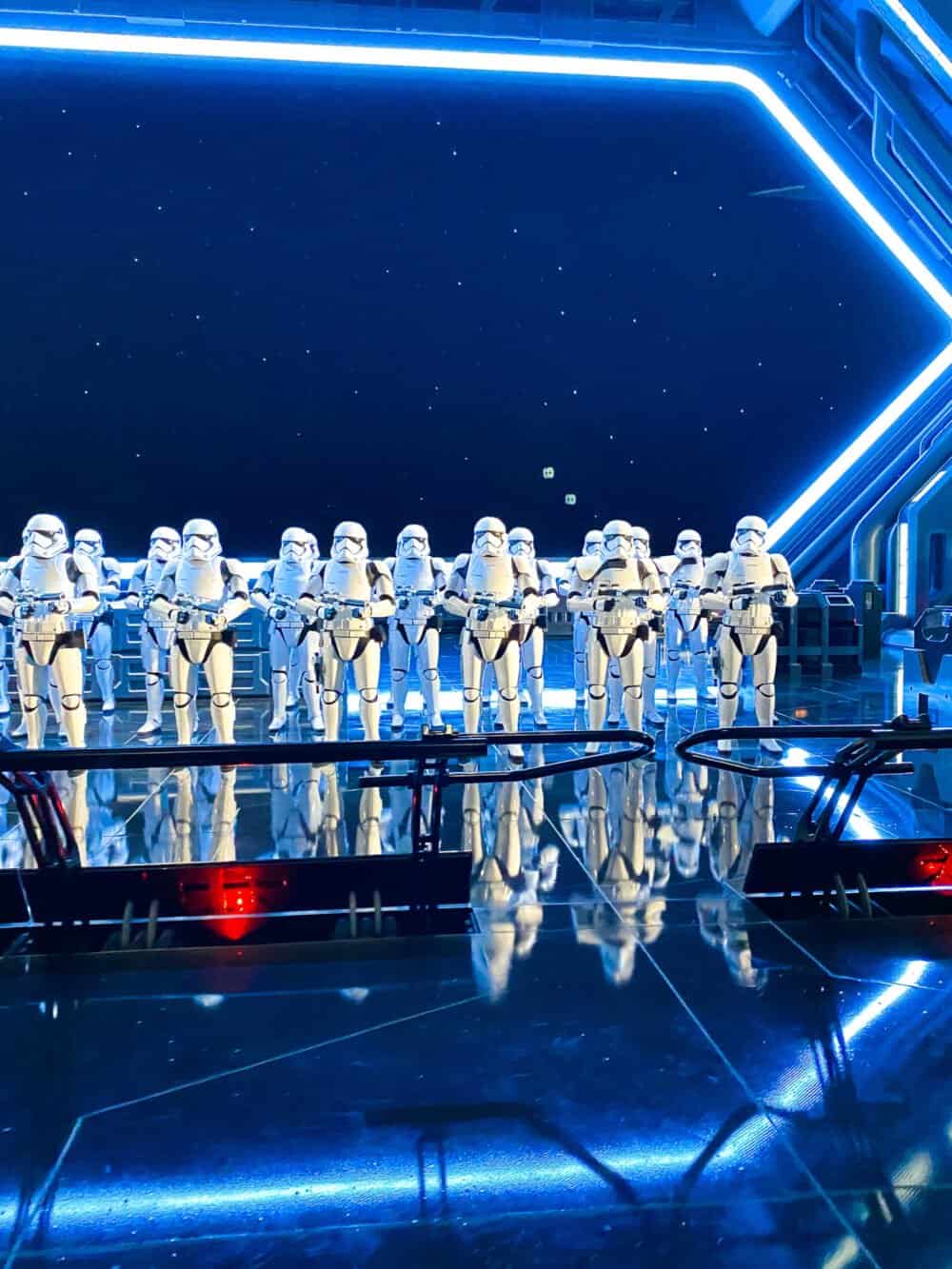
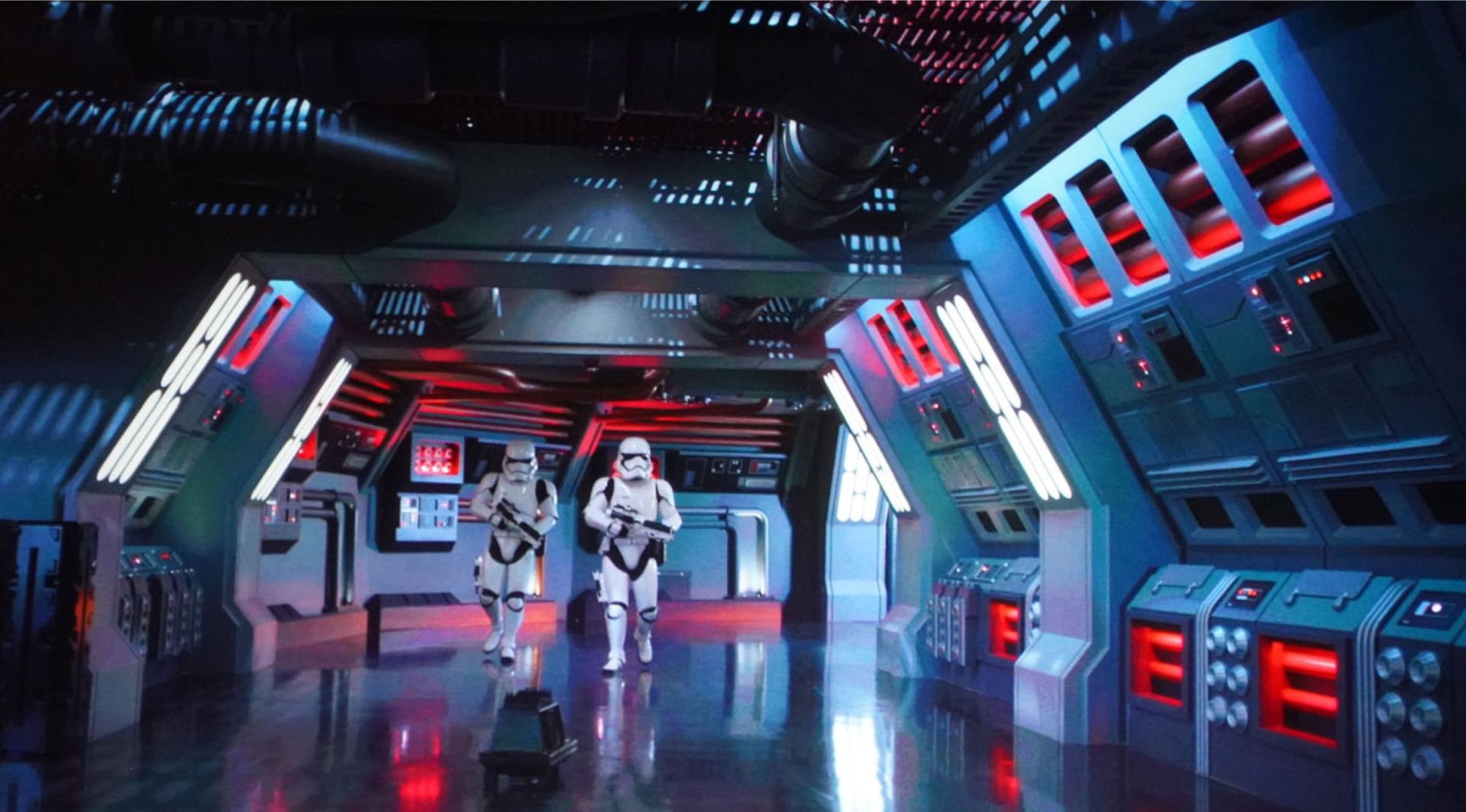
My contributions: My first task was to convert Imagineering's 3D BIM models into low-poly models that could run on older park computers. Using my skills in Blender and Maya, I rebuilt, UV-mapped, and reduced the polygon count of each set by over 95%, striking a balance between efficiency and ensuring the sets remained recognizable. I then transitioned to building scripts in Unity with C#. One of the key features I worked on was a mode where operators could virtually walk through the building to locate important control rooms and areas. Given the building’s four-story design and the need for behind-the-scenes navigation, accuracy in every detail was essential. My team and I would visit the construction site to capture photos of door colors, key features, and other important elements to ensure our models were an exact match.
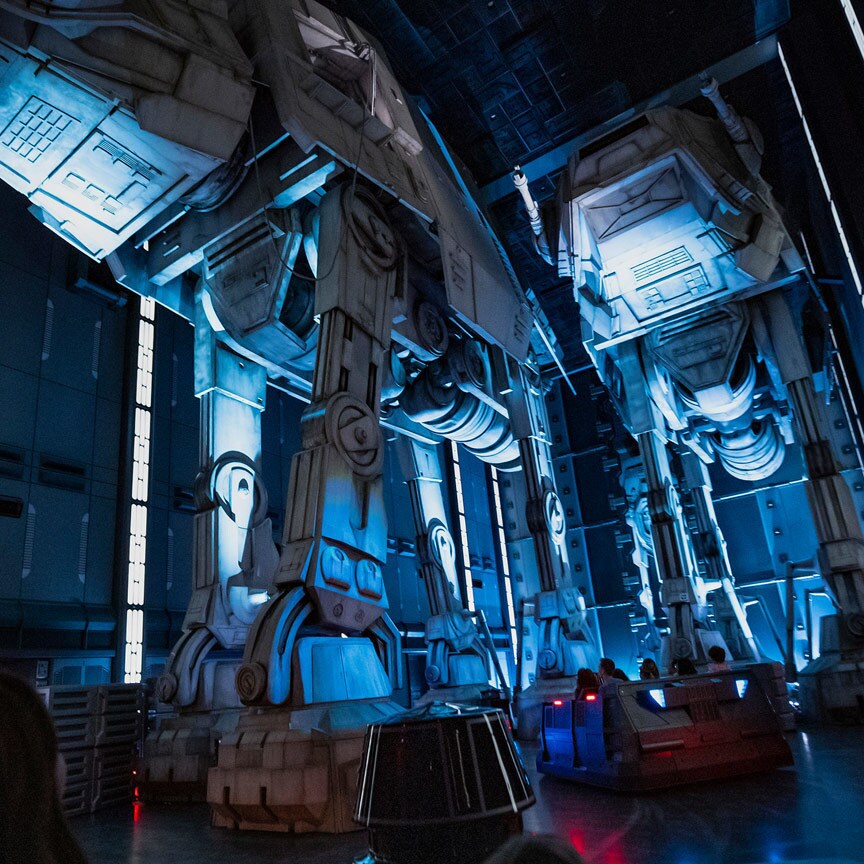
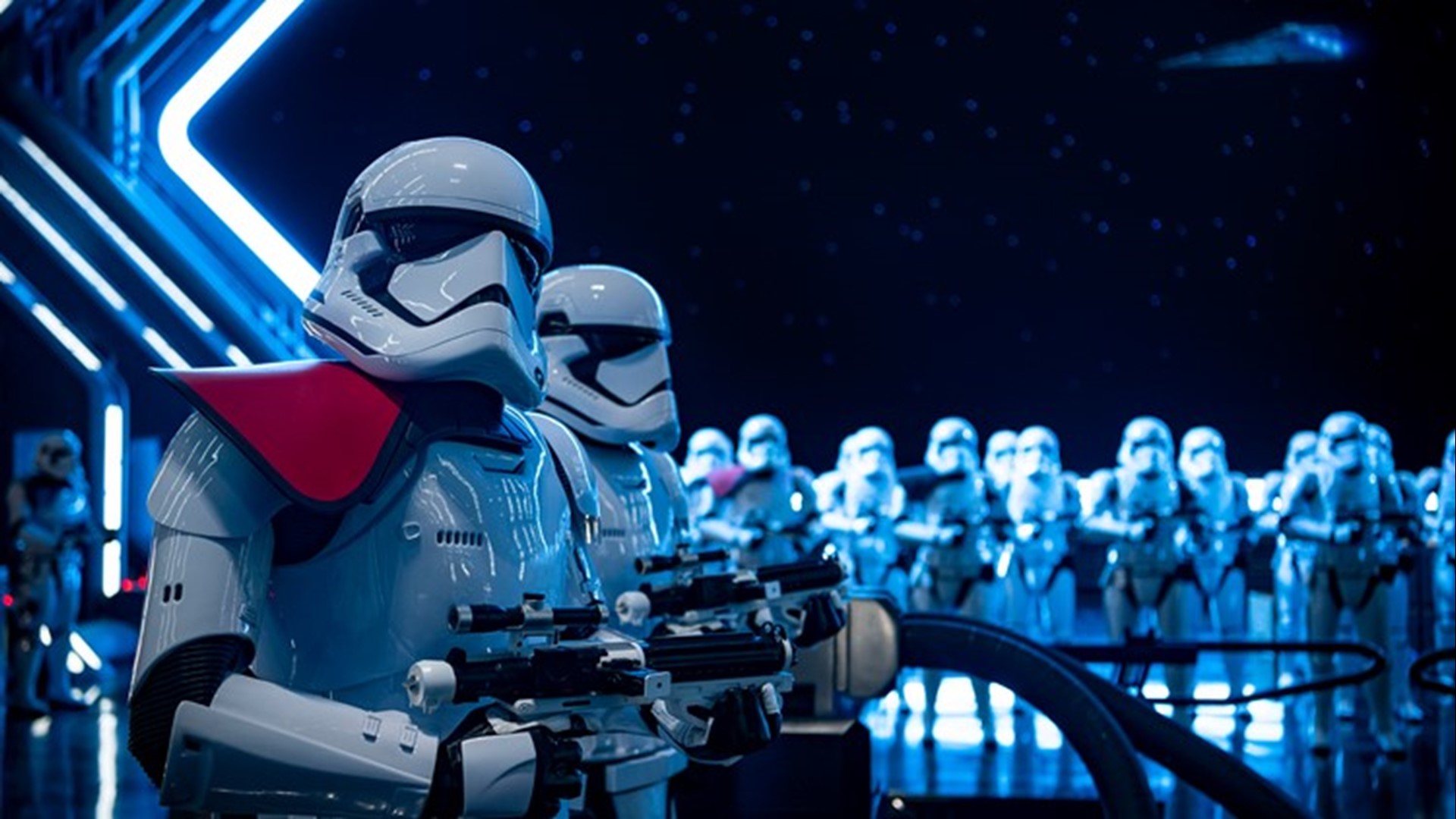
Result: We conducted user testing with a small group of ride operators and made several adjustments based on their feedback. For example, we initially offered multiple movement options like arrow keys and gaming controls, but one older operator, who wasn’t as tech-savvy, had difficulty with the controls. Taking this into account, we modified the movement mechanics to make the experience more accessible.
Ultimately, the operations team was very satisfied with the training simulator, and we were contracted for additional projects in the future. With some extra time during my internship, I took the initiative to adapt the simulator for virtual reality. Using an HTC Vive left over from a previous project, I set up the VR system in Unity and modified the scripts to support teleportation mobility. This VR version was pitched to other teams within Disney, leading to a new contract with Disney Cruise Lines.
Ultimately, the operations team was very satisfied with the training simulator, and we were contracted for additional projects in the future. With some extra time during my internship, I took the initiative to adapt the simulator for virtual reality. Using an HTC Vive left over from a previous project, I set up the VR system in Unity and modified the scripts to support teleportation mobility. This VR version was pitched to other teams within Disney, leading to a new contract with Disney Cruise Lines.
Electronic Arts (EA)
Madden 21
Skills: C++, game engine technology, story telling, User Interface
Goal: To contribute to creating seamless and engaging user experiences by developing intuitive interfaces, optimizing performance, and collaborating with cross-functional teams to deliver high-quality game features.
As a software engineering intern on Madden NFL 21, I was tasked with contributing to the development and improvement of the game’s user interface.
This particular year was especially challenging, as it was right after the COVID-19 shutdown. My team and I had to adapt quickly to virtual work environments, learning how to communicate effectively through Slack and other remote collaboration tools. The development cycle for Madden is always intense, with a tight deadline for the game’s release at the end of summer, so we were working long hours to meet those demands. Given the high workload and the added complexity of working remotely, I had to rely heavily on documentation and develop strong problem-solving skills to overcome obstacles independently. This experience not only strengthened my technical abilities but also enhanced my capacity for self-direction and adaptability in a fast-paced, ever-changing environment.
This particular year was especially challenging, as it was right after the COVID-19 shutdown. My team and I had to adapt quickly to virtual work environments, learning how to communicate effectively through Slack and other remote collaboration tools. The development cycle for Madden is always intense, with a tight deadline for the game’s release at the end of summer, so we were working long hours to meet those demands. Given the high workload and the added complexity of working remotely, I had to rely heavily on documentation and develop strong problem-solving skills to overcome obstacles independently. This experience not only strengthened my technical abilities but also enhanced my capacity for self-direction and adaptability in a fast-paced, ever-changing environment.
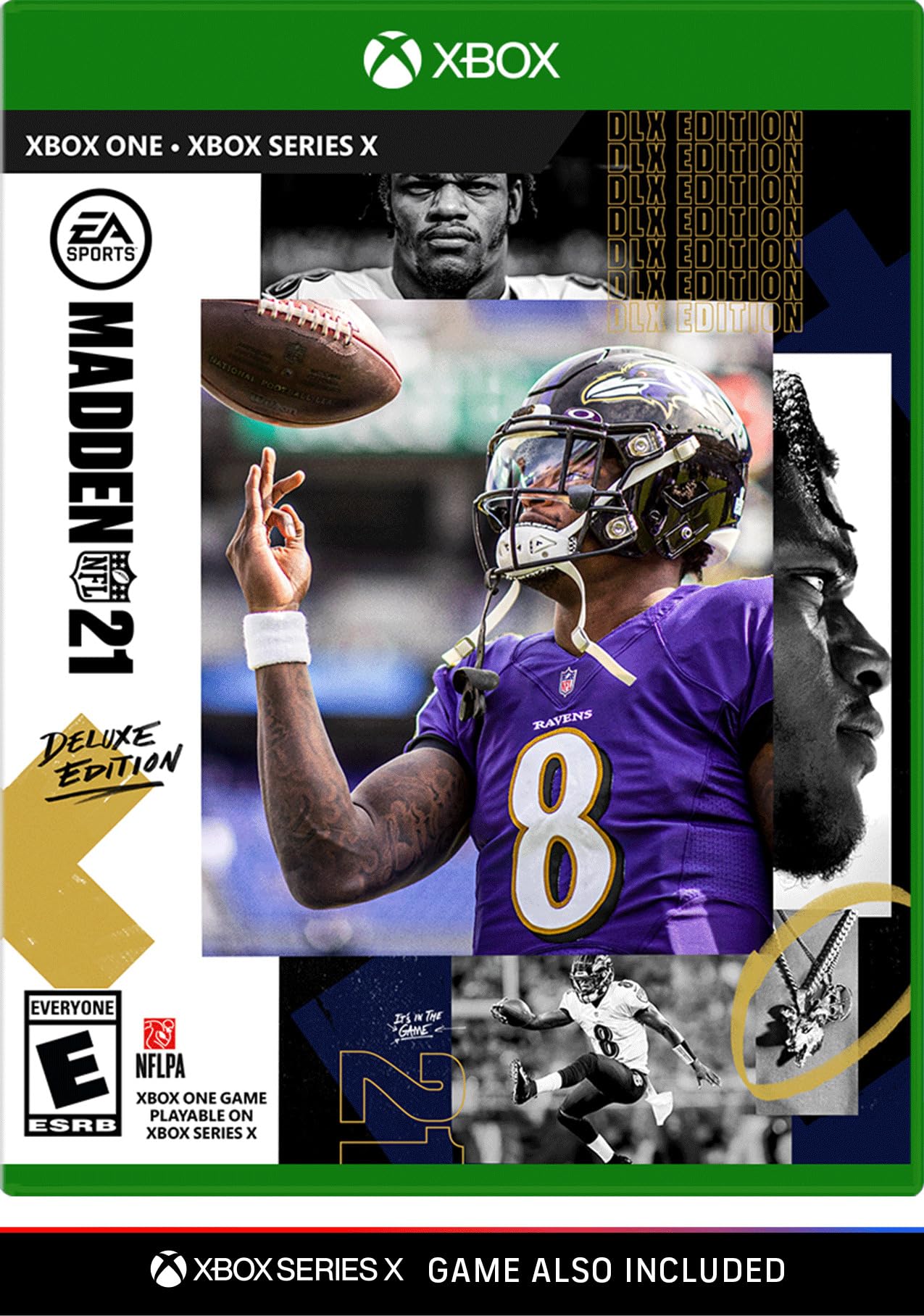
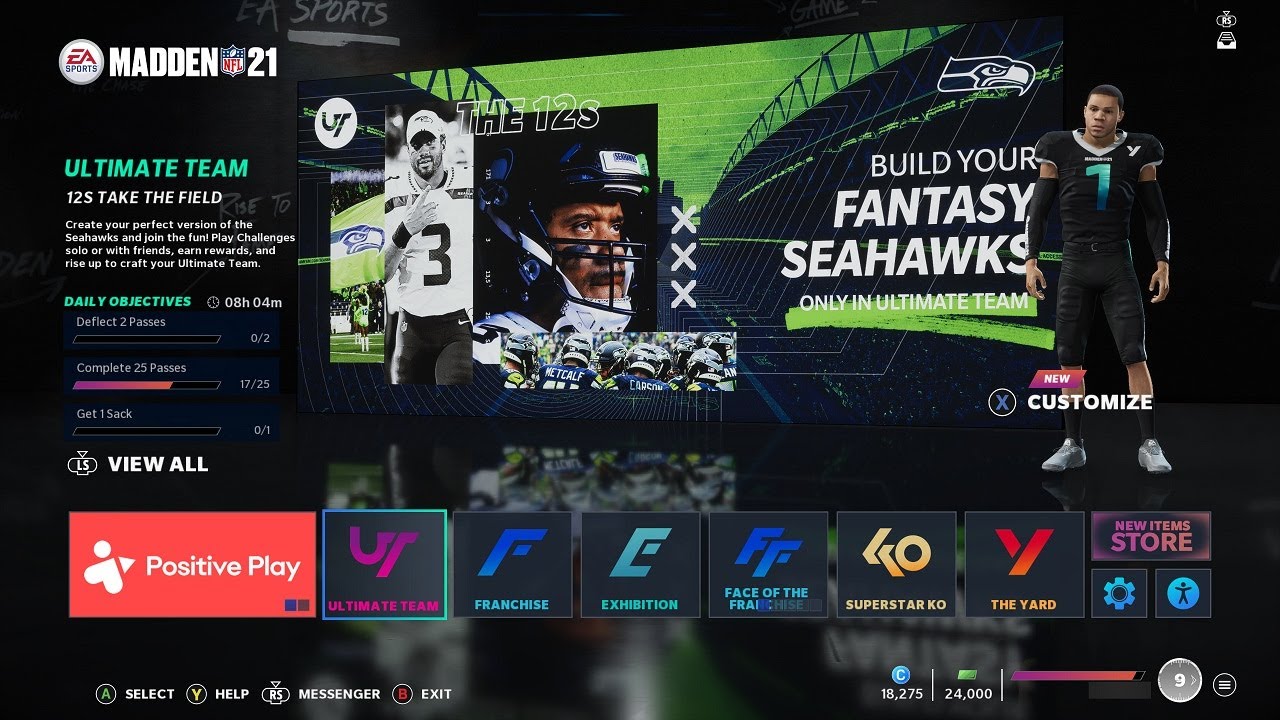
On this project, I was tasked with identifying and resolving bugs under the guidance of my supervisor. I would begin by testing the game in beta mode, carefully replicating user interactions to pinpoint the issue. Once I identified the bug, my next step was to trace it back to its origin in the code database, requiring a deep understanding of the code structure. After locating the root cause, I would implement a fix and push test files to ensure the bug was resolved. Once the fix was verified, I would submit the changes to an autonomous testing platform that ran comprehensive tests to ensure that the fix didn’t unintentionally break other parts of the codebase. This process allowed me to refine my debugging skills and further understand the importance of maintaining software integrity in a collaborative, fast-paced development environment.
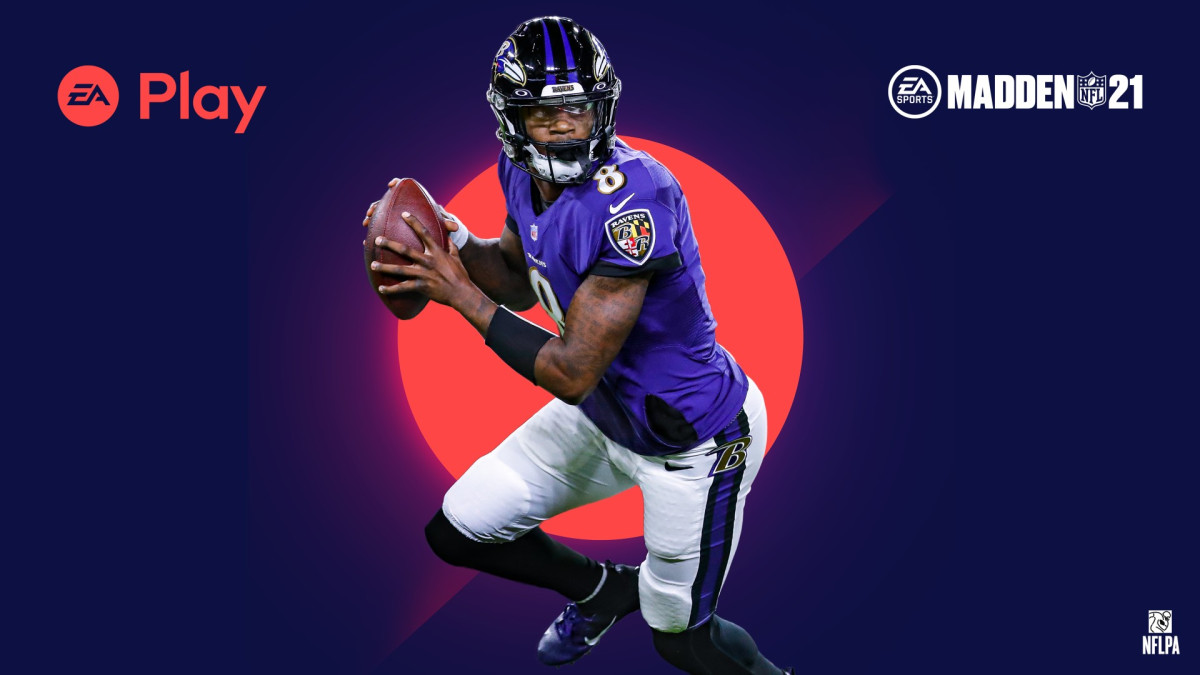
I enjoyed my time at EA, as it provided a different type of storytelling than what I had experienced at Disney. While Disney focused on creating immersive, narrative-driven experiences for guests, working at EA allowed me to contribute to a storytelling medium that was interactive and shaped by the player's decisions. Game development gave me the opportunity to apply the skills I had gained during my previous internship and from my academic background, including experience with game engines like Unity and programming languages like C#. I was able to build on my understanding of game mechanics and user interface design to create more immersive, user-friendly experiences. This internship not only expanded my technical skills but also deepened my appreciation for how storytelling can take many forms across different platforms, from theme park attractions to video games.
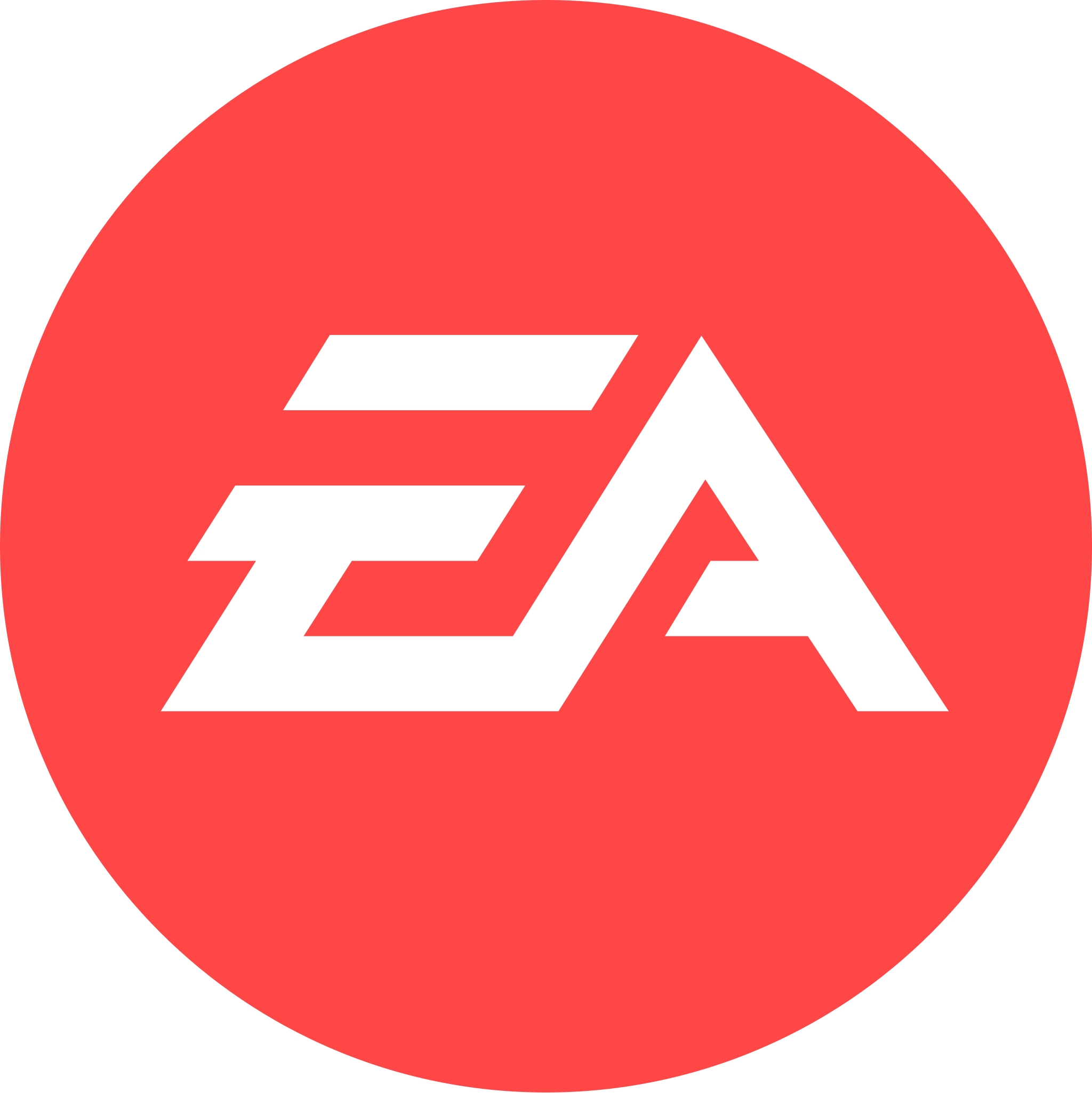

I enjoyed my time at EA, as it provided a different type of storytelling than what I had experienced at Disney. While Disney focused on creating immersive, narrative-driven experiences for guests, working at EA allowed me to contribute to a storytelling medium that was interactive and shaped by the player's decisions. Game development gave me the opportunity to apply the skills I had gained during my previous internship and from my academic background, including experience with game engines like Unity and programming languages like C#. I was able to build on my understanding of game mechanics and user interface design to create more immersive, user-friendly experiences. This internship not only expanded my technical skills but also deepened my appreciation for how storytelling can take many forms across different platforms, from theme park attractions to video games.

Charming Cowboys
Charming Cowboys
Skills: Product development, market research, customer-centric thinking, entrepreneurial skills, content creation and social marketing, brand identity
Goal: To create elevated, minimalistic jewelry that enhances everyday style, offering a personal touch through thoughtful and versatile designs.
As the creator and jewelry designer of my brand, I was responsible for developing a cohesive product vision that balanced minimalism, personal expression, and timeless style. I led the end-to-end product development process, from initial concept and trend research to sourcing materials, designing collections, and overseeing production. Every piece was designed to be versatile and effortlessly elevate an individual’s style, ensuring that customers could build a curated, personal jewelry wardrobe with ease.
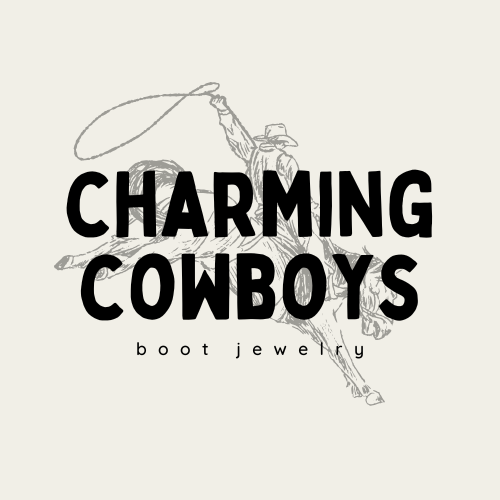
Beyond design, I handled the product management lifecycle, ensuring efficient inventory control, pricing strategy, and quality assurance. I conducted market research to understand customer preferences, iterated on designs based on feedback, and optimized drop strategies to maintain demand and minimize excess stock. Additionally, I managed the brand’s supply chain and fulfillment, streamlining operations to deliver a seamless customer experience. Through strategic branding and data-driven decision-making, I successfully positioned my jewelry line in a competitive market, demonstrating a strong ability to merge creative vision with business strategy—a key skill set in product management.
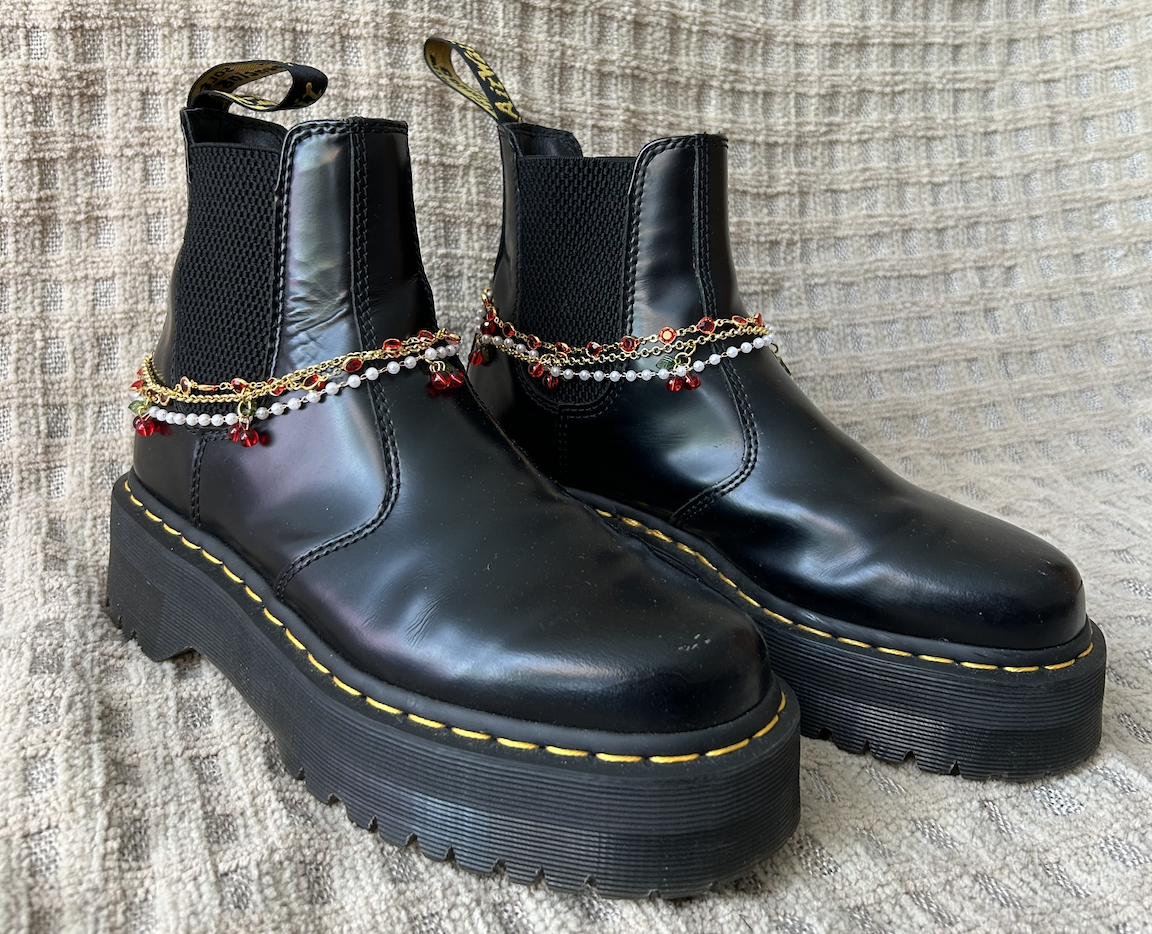
How it started: My friend Rachel and I really wanted to make our own charm bracelets. We had seen them all over social media and we loved how they could add a touch of personality to any outfit. At the same time, I was getting ready to go to the Coachella music festival. I knew I wanted to wear cowboy boots, but I wanted to do something special with them. And that's when we came up with the idea to make a charm bracelet that would go around the boot.
Excited by the idea, I went to my local craft supply store and bought all of the materials I needed to experiment and make something I would love. The first design was very basic- a silver chain that read "HERE FOR BENITO" (Bad Bunny's real name, who was the artist I was most excited to see at the festival). I ended up getting so many compliments on them.
Encouraged by the response, I started making custom pieces for birthdays and events, refining my designs with each one. Eventually, I realized this could be something more. In January 2025, I took the leap—I sourced materials, conducted market research, and officially launched Charming Cowboys.Though we’re still a new brand, we’ve already made exciting progress—selling pieces online and at in-person events, growing our social media presence, and building an Etsy store.
What started as a personal passion project has turned into something even bigger: a brand that helps people express their style in a unique, meaningful way.
Excited by the idea, I went to my local craft supply store and bought all of the materials I needed to experiment and make something I would love. The first design was very basic- a silver chain that read "HERE FOR BENITO" (Bad Bunny's real name, who was the artist I was most excited to see at the festival). I ended up getting so many compliments on them.
Encouraged by the response, I started making custom pieces for birthdays and events, refining my designs with each one. Eventually, I realized this could be something more. In January 2025, I took the leap—I sourced materials, conducted market research, and officially launched Charming Cowboys.Though we’re still a new brand, we’ve already made exciting progress—selling pieces online and at in-person events, growing our social media presence, and building an Etsy store.
What started as a personal passion project has turned into something even bigger: a brand that helps people express their style in a unique, meaningful way.
Early Days: Once I decided to bring this idea to life, I researched the market to understand the competition and identify gaps. To my surprise, there weren’t many options—few brands offered boot accessories, and none had the modern, stylish aesthetic I envisioned. This signaled an opportunity to create something unique and desirable.
I began the product development process by brainstorming designs in Canva, pulling inspiration from Pinterest, high-end jewelry brands, and luxury fashion trends. My goal was to create pieces that felt both elevated and wearable, allowing people to personalize their boots the same way they do with jewelry. After narrowing it down to 8-10 strong concepts, I moved on to sourcing materials for prototyping. This involved finding high-quality chains, charms, and hardware that would be durable yet lightweight, ensuring both aesthetic appeal and functionality.
The iteration phase was crucial. I experimented with different materials, fastenings, and lengths, refining the designs based on wearability and durability. Once I had a set of polished prototypes, I conducted customer validation by sharing them with friends, family, and potential buyers, asking for honest feedback on the look, feel, and practicality of the designs. Their response was overwhelmingly positive—many even asked how they could purchase one right away. Beyond validation, I received valuable insights that helped me refine the products further, ensuring they aligned with both style preferences and functional needs
I began the product development process by brainstorming designs in Canva, pulling inspiration from Pinterest, high-end jewelry brands, and luxury fashion trends. My goal was to create pieces that felt both elevated and wearable, allowing people to personalize their boots the same way they do with jewelry. After narrowing it down to 8-10 strong concepts, I moved on to sourcing materials for prototyping. This involved finding high-quality chains, charms, and hardware that would be durable yet lightweight, ensuring both aesthetic appeal and functionality.
The iteration phase was crucial. I experimented with different materials, fastenings, and lengths, refining the designs based on wearability and durability. Once I had a set of polished prototypes, I conducted customer validation by sharing them with friends, family, and potential buyers, asking for honest feedback on the look, feel, and practicality of the designs. Their response was overwhelmingly positive—many even asked how they could purchase one right away. Beyond validation, I received valuable insights that helped me refine the products further, ensuring they aligned with both style preferences and functional needs
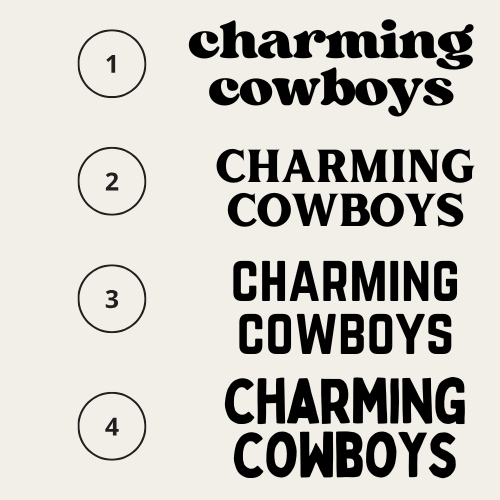
Font ideas
From there, I worked on branding and positioning, crafting a visual identity that reflected the brand’s modern, effortless aesthetic. I designed packaging, set up a social media presence, and built an Etsy store to reach a broader audience. Additionally, I implemented an inventory management system to keep track of materials and ensure smooth order fulfillment.Through this experience, I not only developed skills in product development, market research, and branding, but also in customer engagement, operations, and iterative design. What started as a creative idea turned into a fully realized product line, blending trend-driven design with practical execution—a balance that’s essential in product management.
From there, I worked on branding and positioning, crafting a visual identity that reflected the brand’s modern, effortless aesthetic. I designed packaging, set up a social media presence, and built an Etsy store to reach a broader audience. Additionally, I implemented an inventory management system to keep track of materials and ensure smooth order fulfillment.Through this experience, I not only developed skills in product development, market research, and branding, but also in customer engagement, operations, and iterative design. What started as a creative idea turned into a fully realized product line, blending trend-driven design with practical execution—a balance that’s essential in product management.
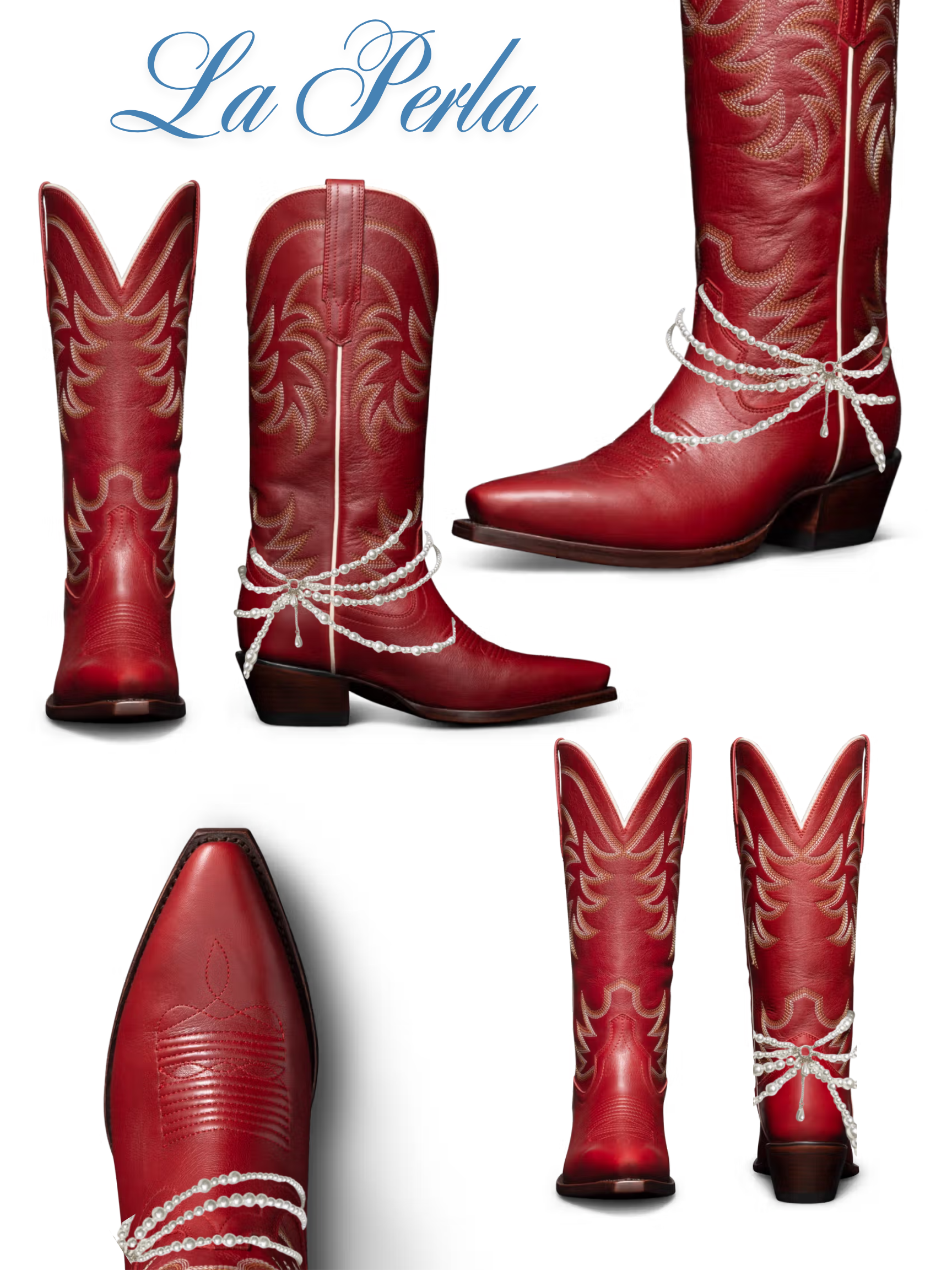
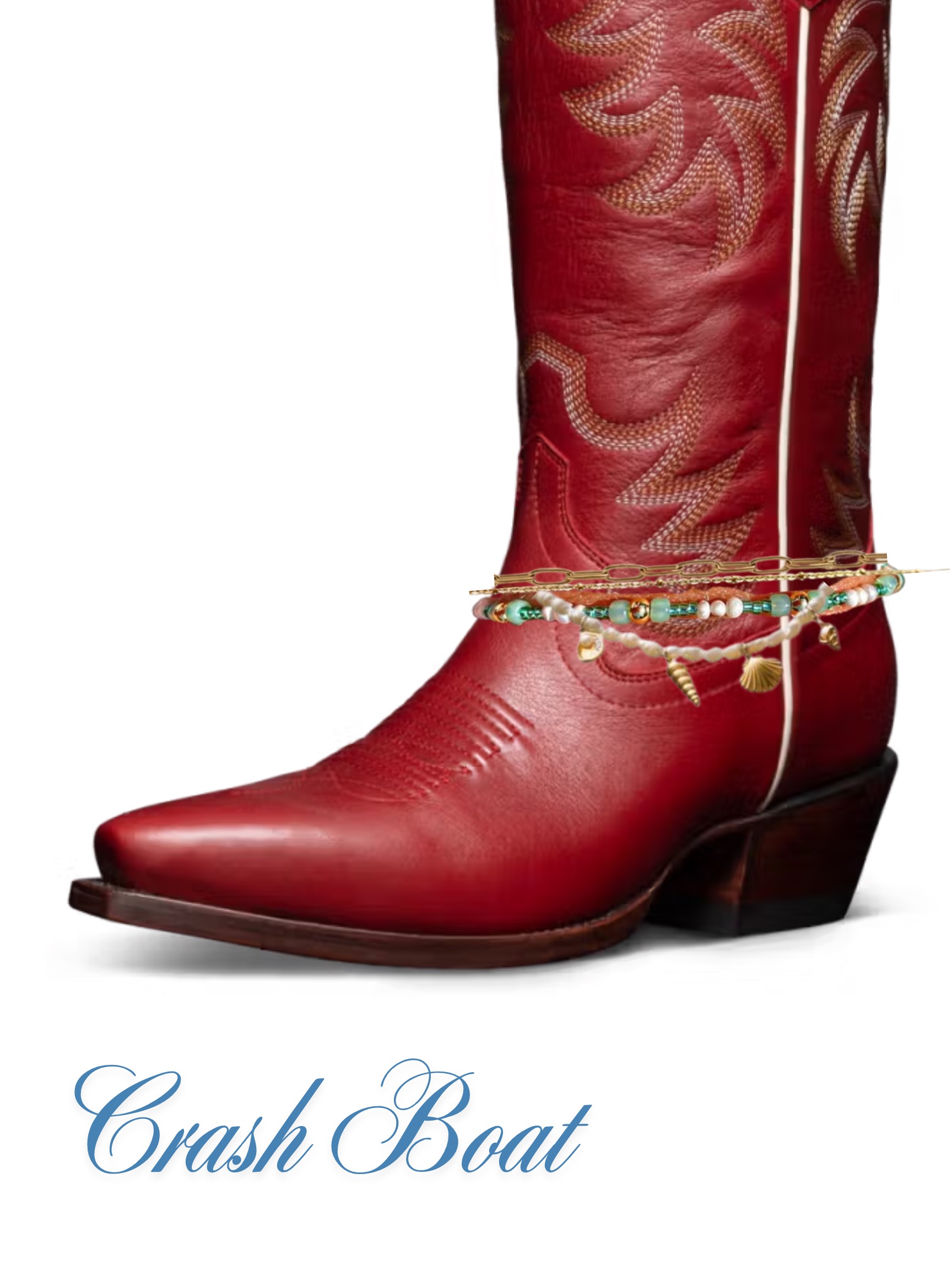
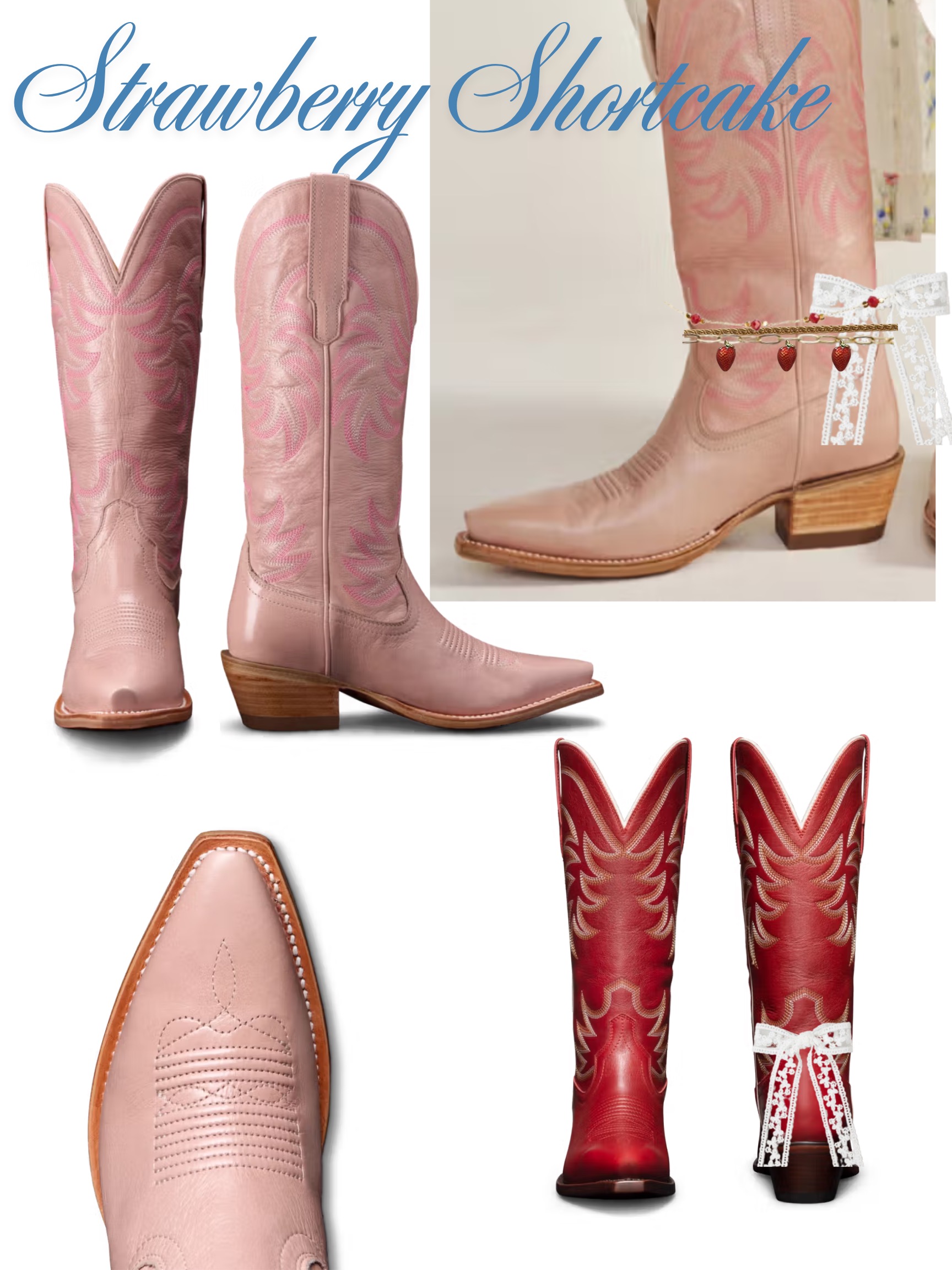
Early ideas and prototypes
